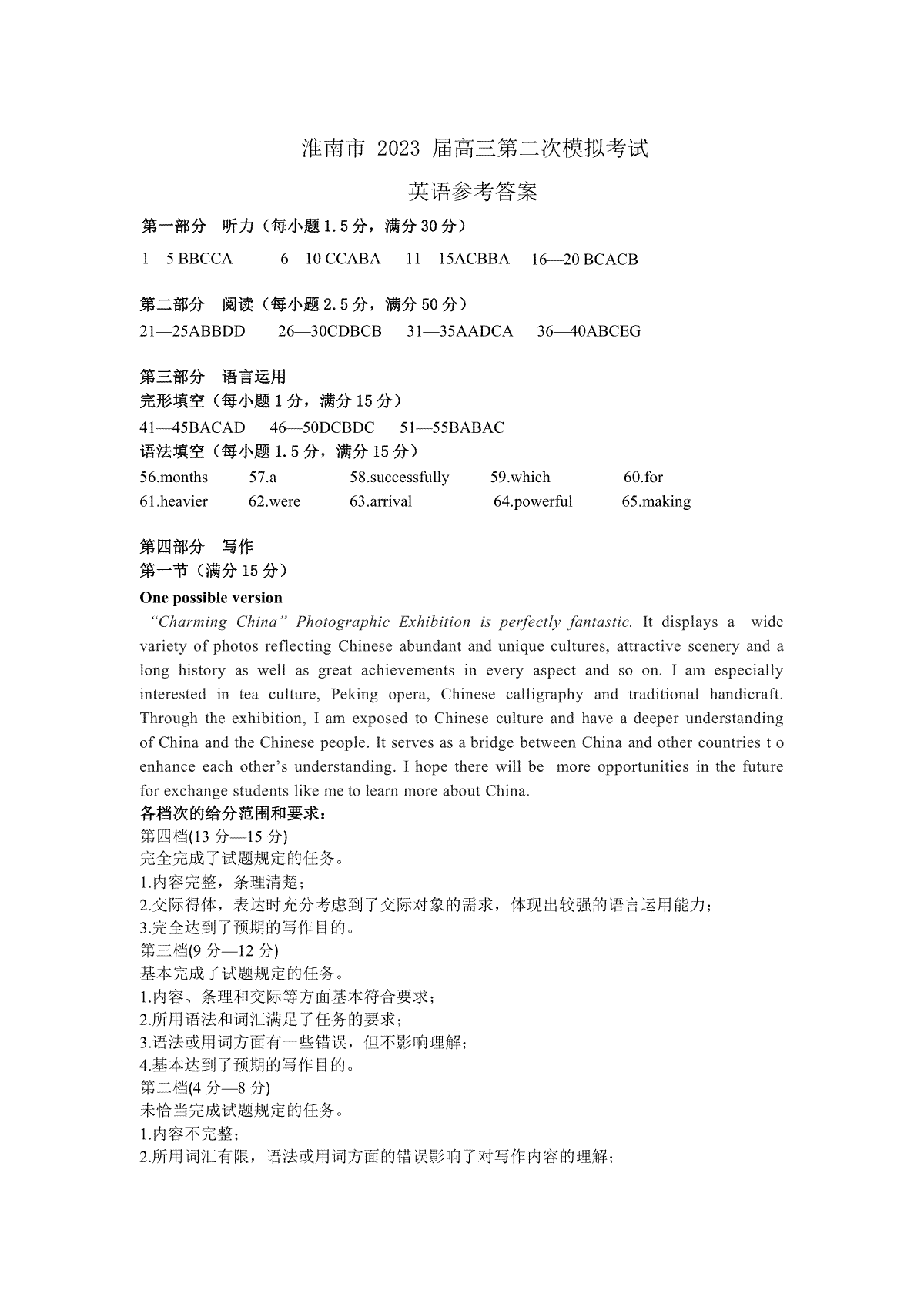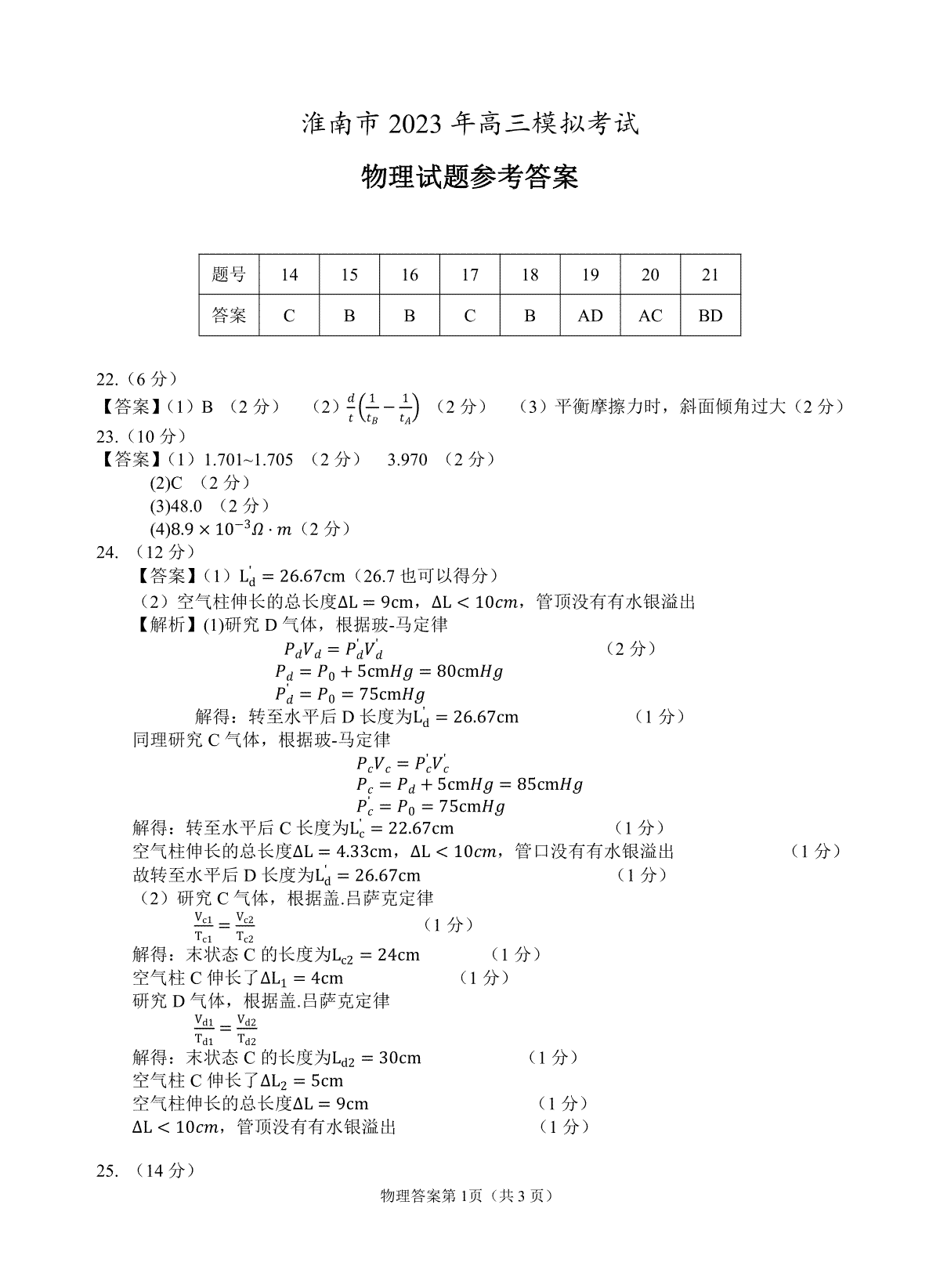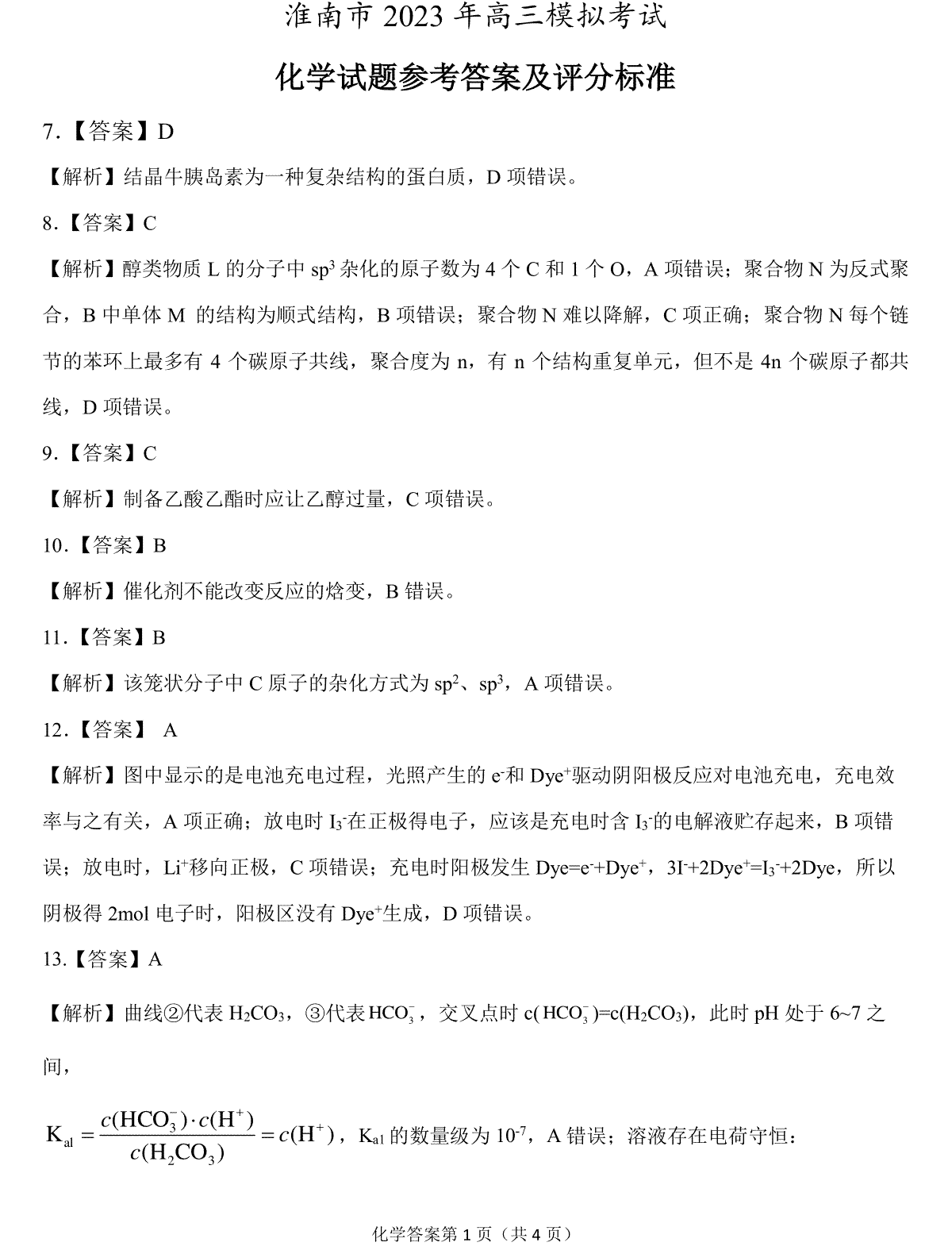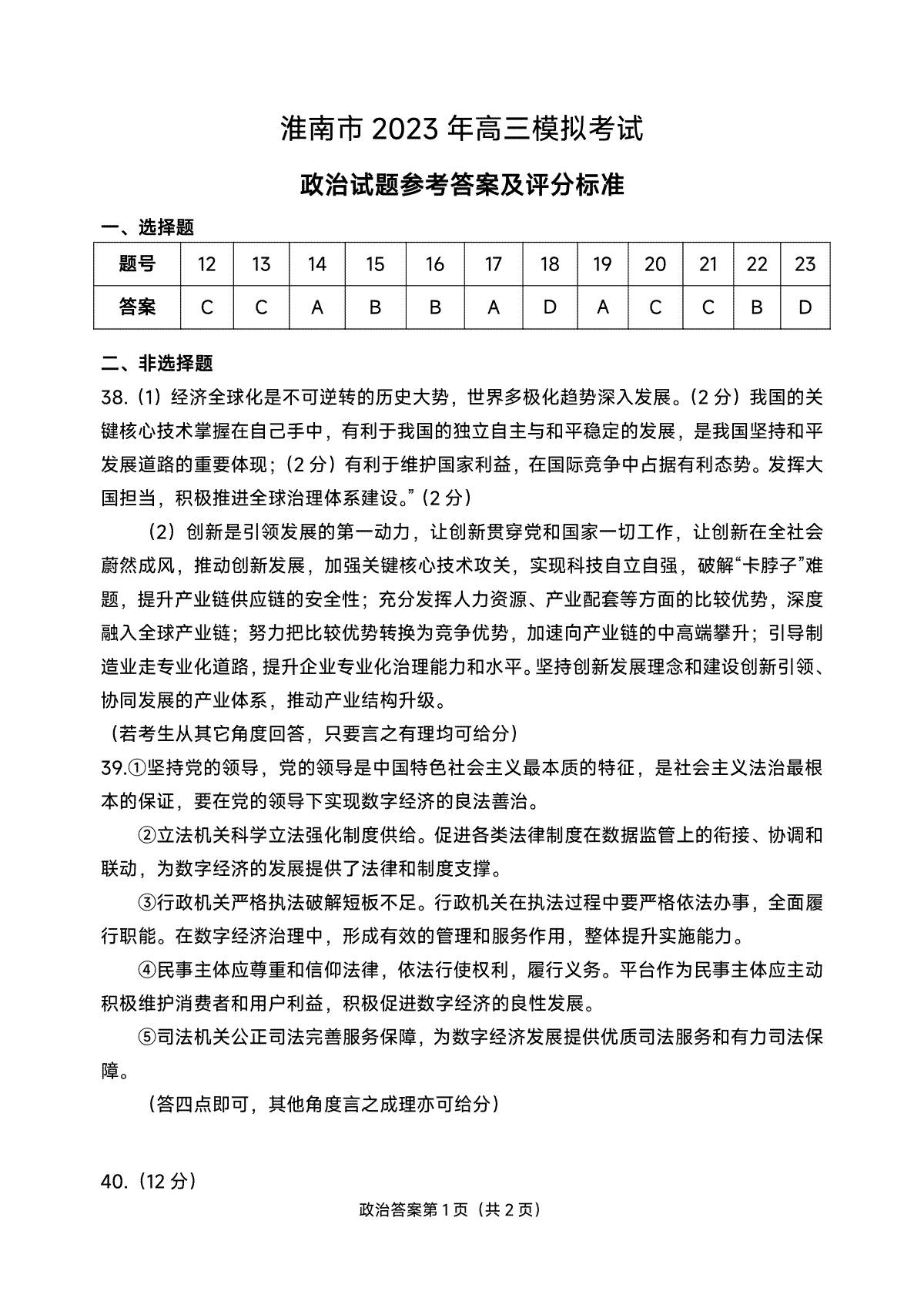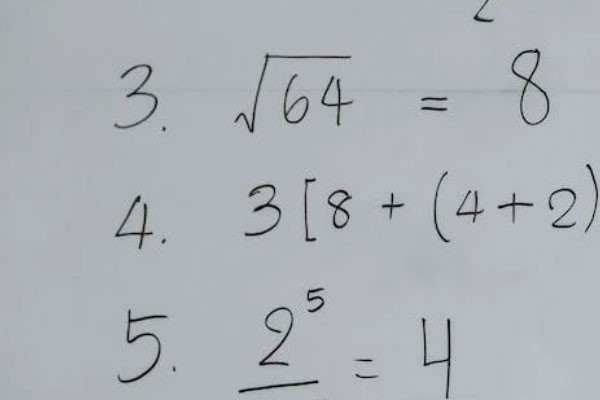dying和die的区别
2020-10-11dying和die的区别为:die用法:die主要用作不及物动词,也可用作系动词,接名词或形容词作表语,表示死时的身份或状态。die有时也可用作及物动词,但必须接同源名词death作宾语,death前常可有形容词修饰。die不用于被动结构。dying指奄奄一息,行将死亡。

dying的用法和辨析
1、adj.
垂死的,临终的;快熄灭的
例句:
Truth sits upon the lips of dying men.
垂死的人吐真言。
例句:
He knew he was dying and retained his dignity to the end.
他知道自己就要死了,直到最后一刻,他都保持着自己的尊严。
渴望的,切盼的
例句:
She is dying to know where you've been.
她渴望知道你到哪里去了。
2、n.
死,死亡
例句:
I even read to her from books, at her request, that described this manner of dying.
我甚至根据她的要求读书给她听,这是一本本描述了这种死亡方式的书。
die的用法和辨析
die意为“死”,表示生命的结束,是不及物动词,不能用于被动语态;强调动作,是瞬间动词,不能与表示一段时间的状语连用。例如:
His father died five years ago. 他父亲去世五年了。
Plants and people die without water. 没有水,植物就要枯死,人就要渴死。
die可以用于进行时态,表示“即将死去;奄奄一息”。例如:
He is dying. 他快要死了。
die 的形容词形式是dead,意为“死的”,可作表语或定语。作表语时,表示状态。例如:
His dog has been dead for two weeks. 他的狗已死了两周了。
The ground was covered with dead flowers. 地上覆盖着凋落的花。
die的名词形式是death,意为“死亡”。例如:
His mother's death was a great blow to him. 他母亲的去世对他是一个巨大的打击。









